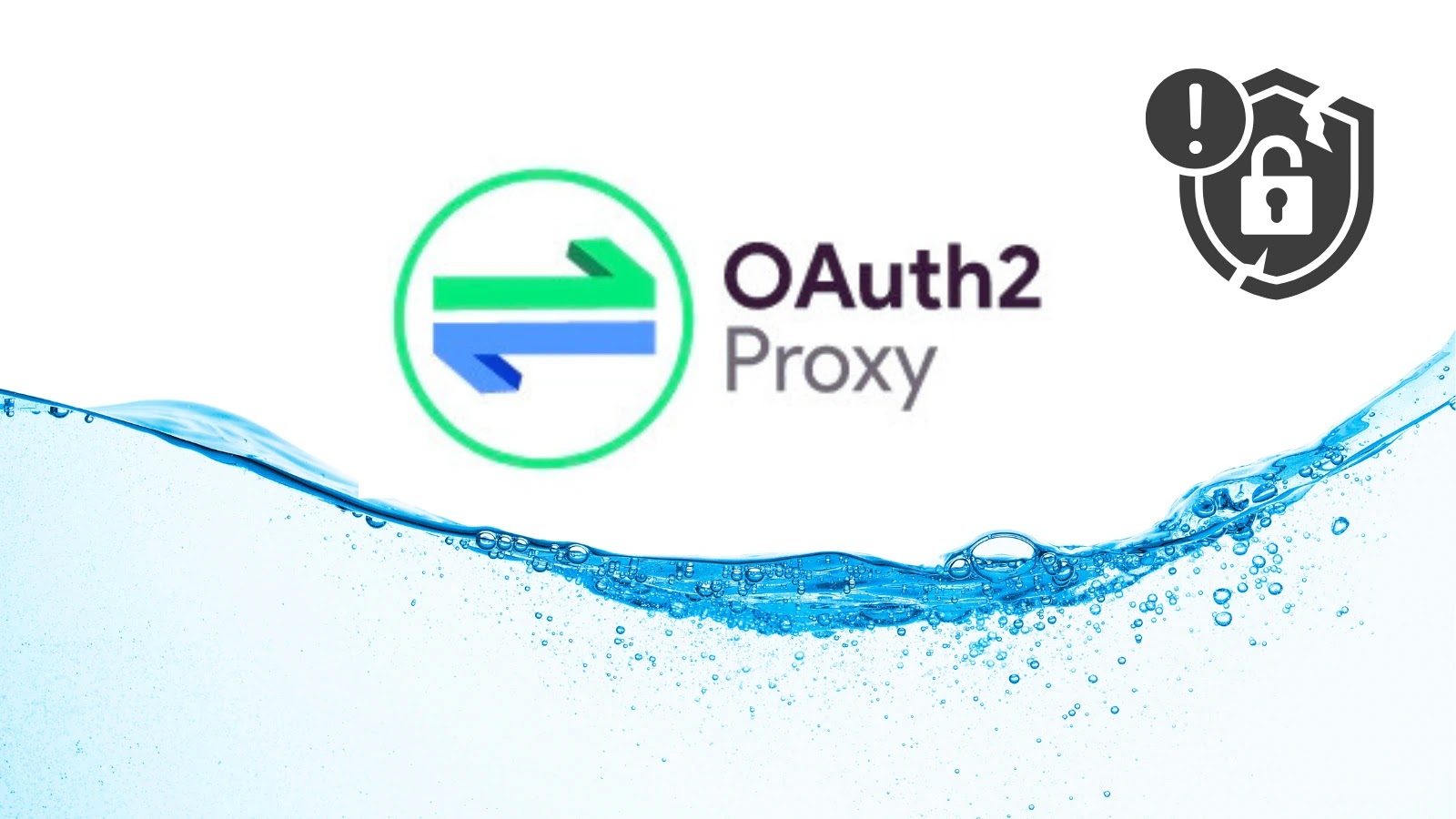
OAuth2-Proxy Vulnerability Enables Authentication Bypass by Manipulating Query Parameters
Unpacking the Critical OAuth2-Proxy Authentication Bypass (CVE-2025-54576)
The digital landscape demands robust authentication, especially when leveraging reverse proxies for identity management. A recent critical finding, however, has cast a spotlight on a significant vulnerability within OAuth2-Proxy, a widely adopted solution for integrating authentication with various identity providers like Google, Azure, and OpenID Connect. This flaw, designated as CVE-2025-54576, enables attackers to bypass authentication mechanisms entirely, primarily through the manipulation of query parameters in specially crafted URLs. The implications are severe: unauthorized access to protected resources, compromising data integrity and confidentiality.
Understanding OAuth2-Proxy and Its Role
OAuth2-Proxy serves as a crucial intermediary, sitting in front of applications to enforce authentication before requests reach the underlying services. It offloads the complexity of handling OAuth2 flows, acting as a gatekeeper that ensures only authenticated and authorized users gain access. Its widespread use stems from its compatibility with numerous identity providers, making it a cornerstone for many organizations’ security architectures. Given its pivotal role, any vulnerability in OAuth2-Proxy represents a direct threat to the security perimeter it is designed to protect.
The Mechanism of the Vulnerability: Query Parameter Manipulation
The core of CVE-2025-54576 lies in its exploitation mechanism: the manipulation of query parameters. Attackers can craft URLs that, when processed by a vulnerable OAuth2-Proxy instance, trick the system into bypassing the authentication checks. While the precise details of the parameter names and values used for exploitation are often withheld for a period to allow patches to propagate, the general principle involves the system misinterpreting or improperly sanitizing certain query elements, leading to an authentication bypass. This type of vulnerability often stems from inadequate input validation or flawed logic in how authentication state or redirects are handled at the parameter level.
Impact of an Authentication Bypass
The ramifications of unauthorized access are extensive and can vary depending on the protected resources. Potential impacts include:
- Data Exfiltration: Attackers can access sensitive data stored in protected applications.
- Unauthorized Actions: The ability to perform actions within an application as an authenticated user, leading to data modification, deletion, or privilege escalation.
- System Compromise: In some cases, an authentication bypass can be a stepping stone for further exploitation, leading to a broader system compromise.
- Reputational Damage: Data breaches resulting from such vulnerabilities can severely damage an organization’s reputation and customer trust.
Remediation Actions and Mitigations
Addressing CVE-2025-54576 requires immediate attention. Organizations utilizing OAuth2-Proxy must take the following steps:
- Patch Immediately: The most critical action is to apply the latest security patches released by the OAuth2-Proxy maintainers. These patches will directly address the vulnerability by correcting the flawed logic or input validation. Developers should regularly monitor the official OAuth2-Proxy GitHub repository for security advisories and updates.
- Review Configuration: Scrutinize OAuth2-Proxy configurations for any non-standard settings that might inadvertently exacerbate the vulnerability or introduce new attack vectors. Ensure all configurations adhere to security best practices.
- Implement Web Application Firewalls (WAFs): Deploying or enhancing WAF rules can provide an additional layer of defense by filtering malicious query parameters and suspicious requests before they reach the OAuth2-Proxy instance. While a WAF is not a substitute for patching, it can offer a temporary mitigation or enhance overall protection.
- Isolate and Monitor: Where possible, segment critical applications protected by OAuth2-Proxy. Implement robust logging and monitoring to detect unusual authentication attempts or access patterns, which could indicate an ongoing attack or attempted exploitation.
- Penetration Testing and Vulnerability Scanning: Regularly conduct penetration tests and vulnerability scans of your applications and infrastructure to identify similar or related weaknesses before they can be exploited.
Tools for Detection and Mitigation
Leveraging appropriate tools can significantly aid in identifying and mitigating such vulnerabilities:
| Tool Name | Purpose | Link |
|---|---|---|
| Nessus | Vulnerability Scanning & Asset Discovery | https://www.tenable.com/products/nessus |
| OpenVAS | Open Source Vulnerability Scanner | https://www.greenbone.net/en/community-edition/ |
| ModSecurity (WAF) | Web Application Firewall (WAF) for rule-based filtering | https://modsecurity.org/ |
| OWASP ZAP | Dynamic Application Security Testing (DAST) Tool | https://www.zaproxy.org/ |
| Burp Suite | Integrated platform for performing security testing of web applications | https://portswigger.net/burp |
Conclusion
The discovery of CVE-2025-54576 in OAuth2-Proxy underscores the persistent need for vigilance in cybersecurity. An authentication bypass, especially in a widely deployed component like OAuth2-Proxy, presents a high-severity risk that demands immediate attention. Organizations must prioritize patching, review their configurations, and implement multi-layered security defenses to protect their critical assets. Staying informed about new vulnerabilities and adopting a proactive security posture are paramount in safeguarding against evolving cyber threats.





